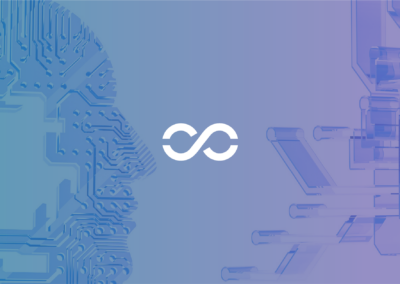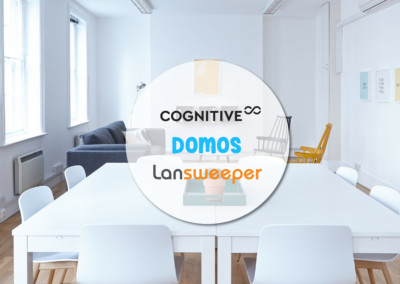Resources

Simplifying Smart Home Integration for Seniors
Caring for seniors presents unique challenges that don’t apply to other age groups. Unlike younger individuals who may recover quickly or adapt easily to new routines, older adults often face physical limitations, cognitive decline, and deep-seated resistance to...
Simplifying Smart Home Integration for Seniors
Smart home technology has the potential to improve seniors’ safety, comfort, and independence—but only if it’s designed with their unique needs in mind. Many older adults struggle with complex setups, privacy concerns, and physical or cognitive limitations that make adoption difficult. This blog explores the key challenges seniors face when integrating smart technology and offers practical strategies to simplify the process, ensuring that these innovations become helpful tools rather than sources of frustration.
Filter by topic

Tech Trends 2024 – Seize New Opportunities and Mitigate Threats in the Age of AI

WWC Insights: Cognitive Systems Introduces Client-Side Wi-Fi Sensing For a Host of New Use Cases

Wi-Fi Sensing – The Next Big Evolution of Wi-Fi

How Can ISPs Enter Security?

Making Sense of Wi-Fi Sensing

ISPs in Eldercare: The Secret is Collaboration

Lansweeper, Domos and Cognitive Systems Join Forces to Elevate Broadband Experience

How Can ISPs Relieve Caregiver Burnout?

